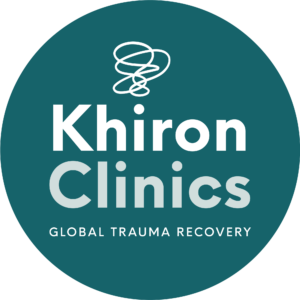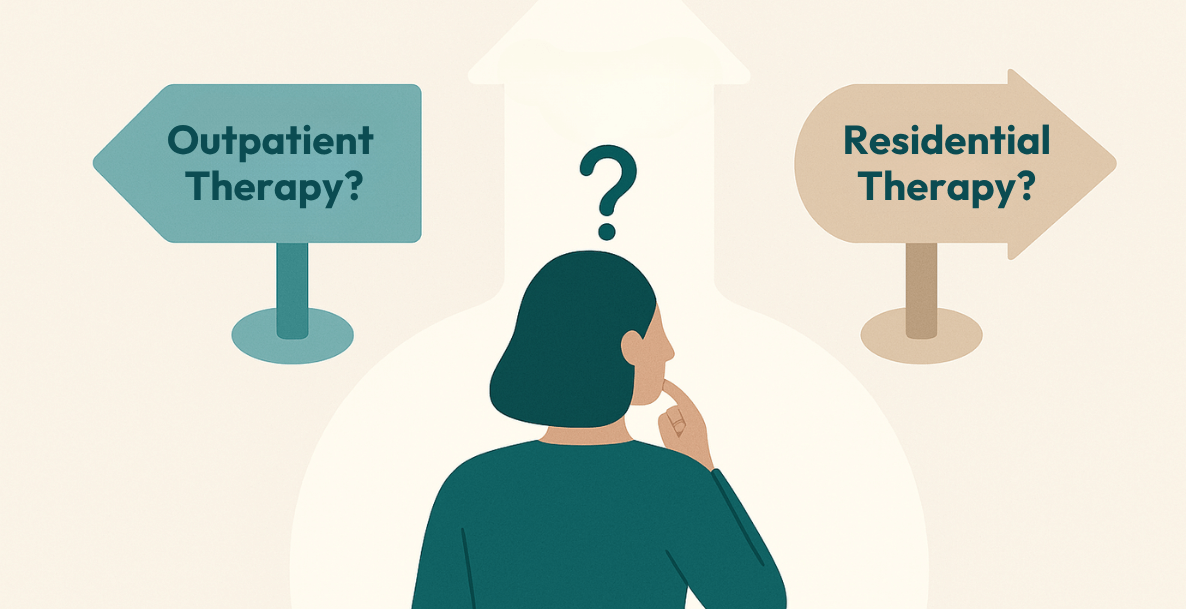According to polyvagal theory, shifts in the autonomic nervous system produces three elementary states: rest-and-digest (social and safe), fight-or-flight (mobilisation) or shutdown (immobilisation).
Deb Dana encourages us to think of these states as a ladder[1]. We move up or down it through activating the stimulating (sympathetic) or relaxing (parasympathetic) branches of the autonomic nervous system, based on the reception of various stimuli (neuroception).
The ladder is a predictable hierarchy: the states can only be moved through in sequence. For example, if you’re immobilised, you cannot simply leapfrog to safe and social, but must first pass through mobilisation – however briefly. It explains why a PTSD sufferer may suddenly experiencing extreme levels of stress before tipping into immobilisation. But predictability – one of the key insights of Polyvagal theory – offers a platform from which to target appropriate interventions. This, as the next article explains, has important implications for clinical application.
Because the movement through these states are anchored in our evolutionary past, the ladder also doubles as a chronological timeline. These developments have layered one on top of the last, forming the sequenced response mechanism. Freezing is the most primitive and shared with our reptilian ancestors – the defence mechanism of final resort – whilst social connection appeared latest in humanity’s evolutionary past. This is vital: it encourages a focus on the biological plumbing we all share, rather than conflating various disorder with something inherent in different individuals.

Download the Brochure
Discover Our Innovative Trauma Recovery Pathway
Safe and Social/Rest-and-Digest
To arrive in the safe and social state, a parasympathetic response is activated through the vagal ventral pathway (as previously stated, this dampening response takes place through the vagus nerve, of which ventral is a branch).
It is humans’ most evolutionary complex state of being. In this place, we thrive. Naturally then, individuals want to be here unless there really is an immediate threat. The safe and social rung of the ladder is also a biological imperative. It is fundamentally what makes us human.
Here the autonomic nervous system identifies a safe environment. We feel closeness, trusting of others and our environment and can form positive attachments. Normal bodily functions are regulated for optimisation: blood is available around the stomach for metabolization and the immune system is recharged. It explains why prolonged periods of time away from this peak state – for instance loneliness[2] – are associated with decreased life expectancy.
Mobilisation/Fight-or-Flight
A sympathetic reaction – one that mobilises energy – brings people into a fight-or-flight state. We might feel flush, perspire, or the heart beating faster. Stress and tension are detectable. Anger, anxiety or panic may be the felt experienced. The world is no longer safe, but unfriendly and dangerous. The autonomic nervous system is telling us to protect ourselves. Defensive behaviours – manifested in various way – follow.
Because the body is physiologically gearing up to fight-or-flight, internal resources –occurring independently of our conscious awareness – are redirected. Blood shifts away from the digestive system and to muscles and limbs. Cortisol is released from the adrenal gland. It is the reason highly anxious periods are often accompanied with digestive issues[3] and stressed individuals always seem to have a cold (too much cortisol diminishes the effectiveness of the immune system[4]).
Resources are not evenly spread across the body for optimal function but instead are rallied in service of survival. The nourishing functions humans need ticking away in the background are temporarily suspended.
Explore Our Treatment Options
Find Out What Makes Us Different
The staff at our globally recognised mental health clinic have been informed, trained and supervised by some of the world’s leading trauma experts such as Dr Bessel van der Kolk, Dr Janina Fisher, Dr Stephen Porges, Dr Dick Schwartz and more.
Immobilisation/Freeze/Shutdown
Immobilisation is the most ancient mechanism of defence. When faced with a potential life-threatening situation – which the sympathetic branch cannot resolve or is simply overwhelmed by stimuli – the autonomic nervous system shuts the body down: self-preservation through the conservation of energy. The heartrate falls dramatically along with blood pressure. Movement is all but extinguished, reducing metabolism and the need for food. Pain in numbed, with only so-called vegetative process continuing in the background.
Freezing is a hybrid state with powerful adaptive benefits. In a freeze state, although being immobilized, there is sufficient sympathetic activation to maintain muscle tone and blood flow to maintain consciousness. For survivors of trauma this state is often the ‘go to’ state if there is a history of total shutdown and collapse. Under severe life threat the nervous system may shift reflexively and adaptively to a total collapse that has been described as death feigning in other mammals. This state triggers a massive activation of the dorsal vagus resulting in fainting and potentially defecation. However, the state of collapse is potentially lethal to humans, since the collapsed state many not provide sufficient oxygenated blood to our brain. Thus, our nervous system adapts and puts us in a state of freeze when experiencing the cues that had previously triggered a shutdown. Experiences of dissociation are frequently associated with freeze and freezing often serves as internal signal to ‘awaken’ a different ‘part’ of the individuals complex mental structure of self.
This is the dorsal vagal pathway of parasympathetic response. Operating through the calming vagus nerve, but separately to the ventral vagal social system, it is experienced as an extreme energy deficit[5]. The world doesn’t make sense. Depression, numbness and dissociation are commonly felt. William Styron, in his memoir of a bout of depression, captures the essential difference between this and the mobilised (fight-or-flight) survival state:
“it is, generally speaking, the antithesis of violence. It is a storm indeed, but a storm of murk. Soon evident are the slowed-down responses, near paralysis, psychic energy throttled back close to zero.”[6]
Life – it seems – is elsewhere. And this can feel hopeless. But to counter this, Deb Dana recalls a patient who telling her a simple truth: it is useful to remember that you are still on the ladder. The physiology may be against you now, but you can still climb up. When we understand neurobiological states, so too can we understand how to change them.
Sources:
[1] Dana, D. 2018. The Polyvagal Theory in Therapy: Engaging the rhythm of regulation. W W Norton & Co.
[2] Rico-Uribe LA, Caballero FF, Martín-María N, Cabello M, Ayuso-Mateos JL, Miret M. Association of loneliness with all-cause mortality: A meta-analysis. PLoS One. 2018;13(1)
[3] https://www.health.harvard.edu/newsletter_article/stress-and-the-sensitive-gut
[4] Morey JN, Boggero IA, Scott AB, Segerstrom SC. Current Directions in Stress and Human Immune Function. Current Opinion in Psychology. 2015; 5:13‐17.
[5] Dana, D. 2018. The Polyvagal Theory in Therapy: Engaging the rhythm of regulation. W W Norton & Co.
[6] Styron, W. 1990. Darkness Visible: A Memoir of Madness. Random House





